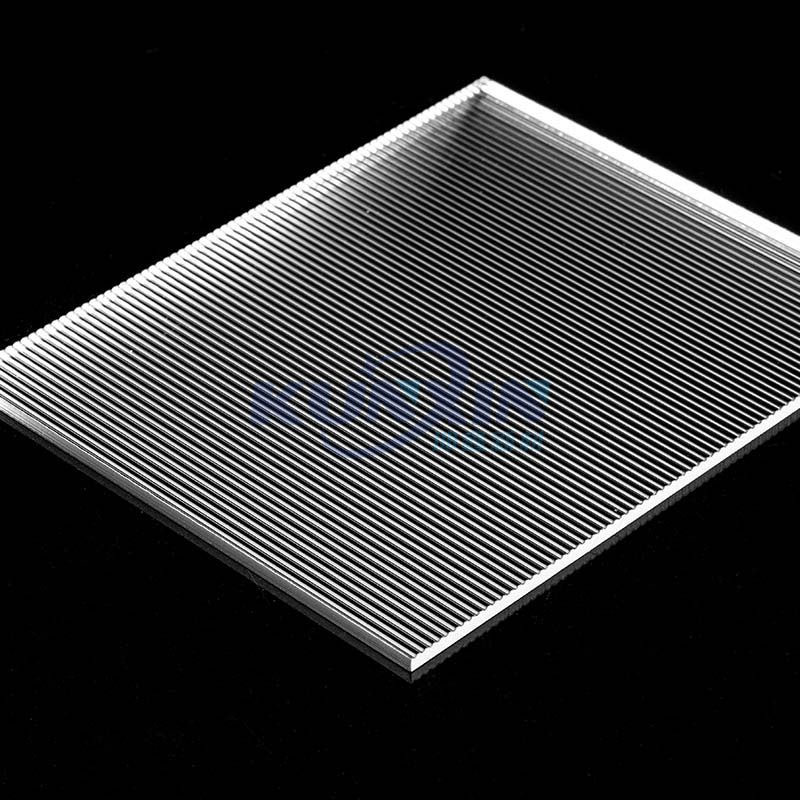-
Mob.:
+86 135 9088 4785
+86 135 9088 4785
Acrylic and glass are usually some of the first materials that come to mind for those who want to purchase clear sheets. Although the two products look very similar, it is important to understand that there is more to their differences than just clarity. For the average consumer, choosing one material over another may seem inconsequential, but instinctively choosing to install one without first understanding the differences between them can cost time and money later.

Before we start discussing the differences between acrylic sheet and glass, we first need to understand the two types of acrylic sheets. Cast acrylic is made by pouring a liquid component into a glass mold where it is then hardened into a solid sheet. Plexiglas, one of the most famous brands of acrylic, is made using this cell casting process. Alternatively, extruded acrylic is manufactured using an extrusion process that pushes the liquid through an extruder and rollers to form a similar sheet. While there are some key differences between cast acrylic and extruded acrylic, the advantages of both are very similar.
Impact resistance: Acrylic has a higher impact resistance than glass. It is also 10 times more resistant to shattering than glass.
Optical transmission: Acrylic can transmit up to 92% of visible light, while glass typically transmits 80-90%.
UV blocking: Acrylic provides 99% UV blocking, while most standard grades of glass do not.
Weight: Acrylic is approximately 50% lighter than glass. Acrylic's lightweight also contributes to ease of installation and environmental efficiency.
Ductility: Acrylic can be easily molded while maintaining excellent optical properties. Glass can be molded into curves, but with some limitations.
Cost: Depending on the type of glass, acrylic is usually more expensive. However, installing glass can often be expensive, and the long life expectancy of acrylic can lead to a more cost-effective option in the long run.
Scratch resistance: While acrylic is softer and more susceptible to scratches than glass, new developments in hard-coating technology have helped enhance its protection.
While acrylic and glass can be used interchangeably in some applications, there are many situations where you will want to take advantage of acrylic's superior properties. Acrylic is the best choice when you need
✱ Better optical clarity
✱ Long-term cost-effectiveness
✱ Ease of fabrication and installation
✱ Enhanced UV protection
✱ Lightweight features
✱ Enhanced security
Common acrylic applications.
Acrylic can be found in many applications, including:
✱ Luminaires
✱ Exhibits
✱ Aquariums
✱ Signage
✱ Window
✱ Skylights
✱ Security partitions
✱ Transit barriers
✱ School barriers
✱ Displays
✱ and more!

Copyright ©Kunxin New Material Technology Co., Ltd. All Rights Reserved | Sitemap | Technical Support: 